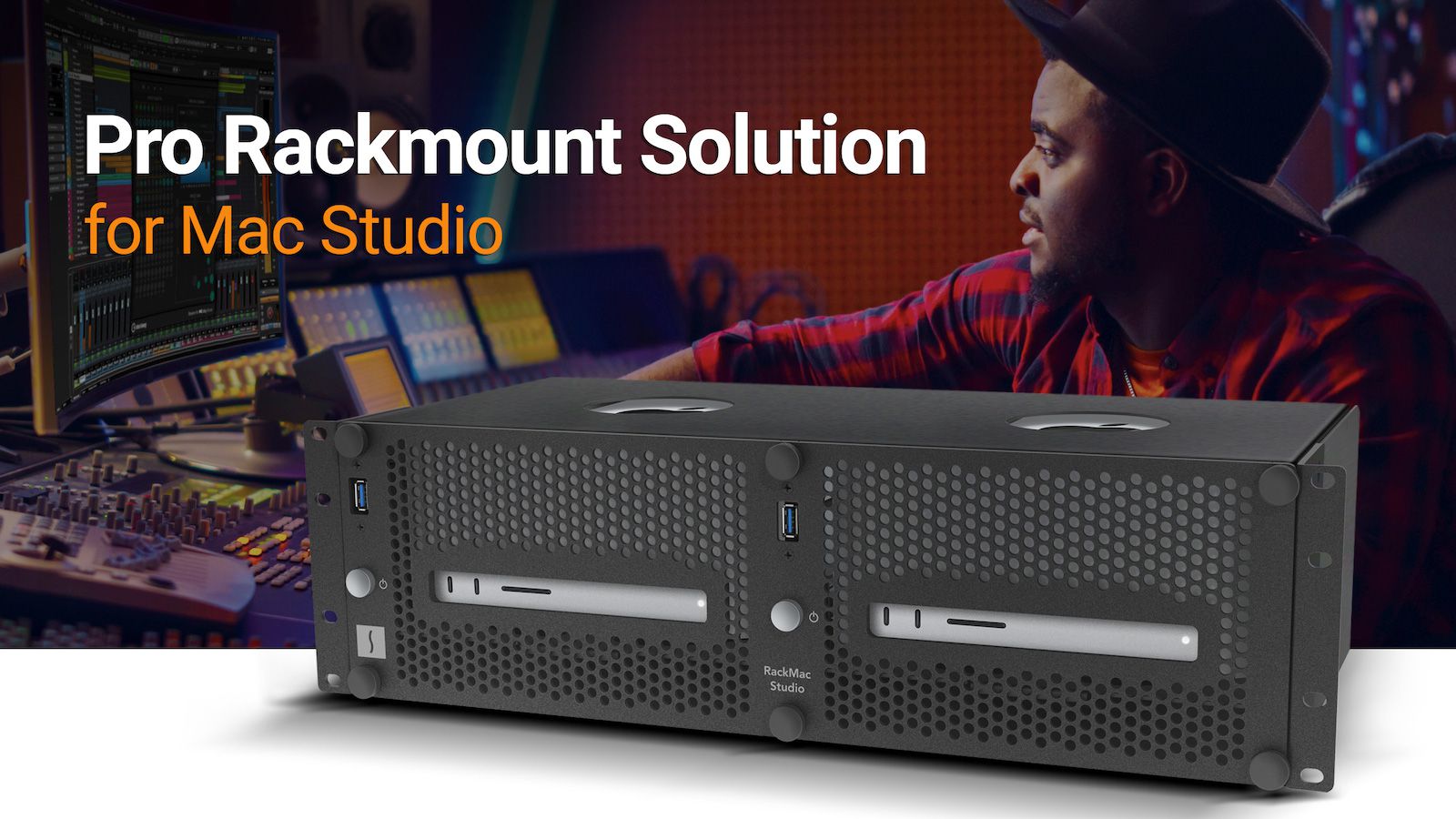New M2 Mac mini - almost been 2 years since last Mac mini, so that has to happen
No, it doesn't. Not saying there
won't be a M2 Mini this year or early next year - it's perfectly possible & a M2 Mini makes sense - but there's no real pressure on Apple. Historically, the Mini has often gone for years without love (e.g. 2014-2018).
Apple can keep selling the two Intel Minis as "legacy products" as long as stocks last & as long as MacOS is still supported on Intel.
Tim said the transition would take two years at the 2020 WWDC. Its already been more than two years.
"
about two years" - that was hardly a binding contract (and if it
had been a biding contract, the pandemic, chip shortage, energy crisis etc. would probably have fallen under the
force majeure clauses that any such contract would invariably contain).
Anyway, the MacBook Air, the MacBook Pro, the Mac Mini, the small iMac have all transitioned, the Mac Studio/Studio Display has replaced the high-end iMac and iMac Pro, and the lower-end 5k iMac is probably dead for the foreseeable.
While we're probably going to see an Apple Silicon Mac Pro I wouldn't entirely rule out the possibility that it will just be an officially sacntioned rackmount kit & supporting accessories for the Mac Studio.
It used to be that you bought it because you wanted to cram in tons of RAM, needed full blown discrete GPUs, expandability and higher performancance, something that no other Apple product offered.
Well, cramming in "tons" of RAM would be
part of the point of the rumoured Extreme 4x processor (which would presumably have twice the RAM of the Ultra + whatever developments in LPDDR5 device capacity happen in the meantime). Or it could be done with some NUMA-like multi-processor system. Beyond that, perhaps you could add an expandable off-chip RAM disk to act as swap, or something...
I don't think there are any laws of physics that say Apple Silicon
can't support external GPUs - it's just a case of whether it is profitable to develop & support the required drivers, or strategically a good idea to distract developers from optimising apps for tile-based rendering. Likewise, PCIe slots aren't an Intel exclusive - and have lots of uses
other than GPUs, such as storage controllers, internal storage and, particularly, specialist A/V interfaces.
I guess Apple know how many Intel Mac Pros they sold, and have contacts with high-profile customers. So it comes down whether they think the market is there, or how important it is to keep the Apple logo in the credits of major movies...
How many 7.1 Mac Pro users actually have 1.5TB of RAM though...? Apple charges a hefty $25,000 while OWC can get you there for a paltry $9,800;
Bear in mind that Apple have gone for the M-suffix 24- and 28- core Xeons, which cost twice as much as the regular versions,
just to get that > 1TB RAM capacity. That doesn't make sense unless theres a large (or strategically important) market for that. Unfortunately, with Apple Silicon they're painted into the corner of how much LPDDR5 RAM they can mount directly on the chip package.
where the £1249 M2 Air has better single-core performance than a six grand fully loaded 16" Macbook Pro Max.
...silly comparison, because you don't buy a M1 Max
anything just to get more single-core performance. The M1 Max will still wipe the floor with the regular M2 on any real-world job that a reasonable person would pay the money for.
In other news, the
single-core score for the top-end Mac Pro isn't significantly better than the entry-level Mac Pro or even the i7 Mini.
However, the relatively modest improvement between the regular M2 and the cheapest "binned" 8/14 core M1 Pro might be why we didn't get a M1 Pro version of the Studio (call it a Mini if you prefer - but it would need the I/O ports of a Studio and possibly the extra cooling).



